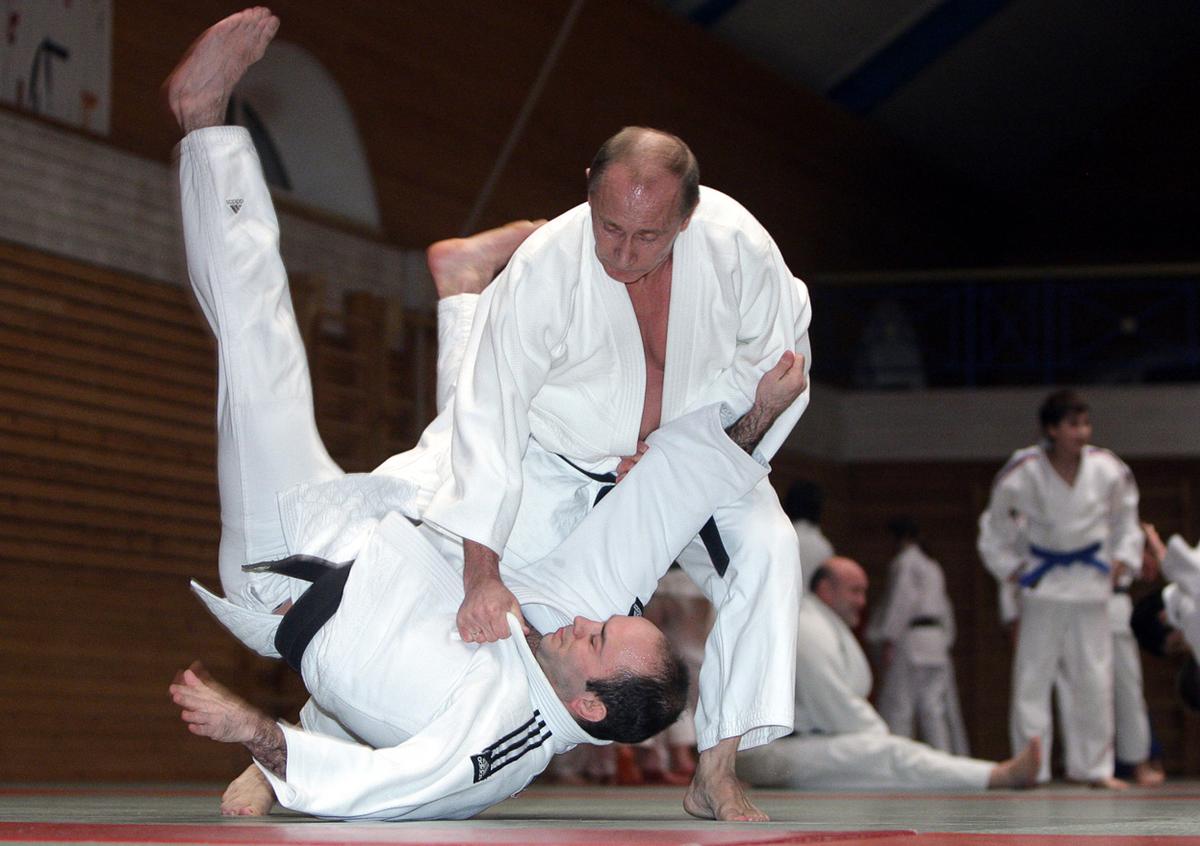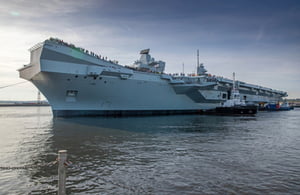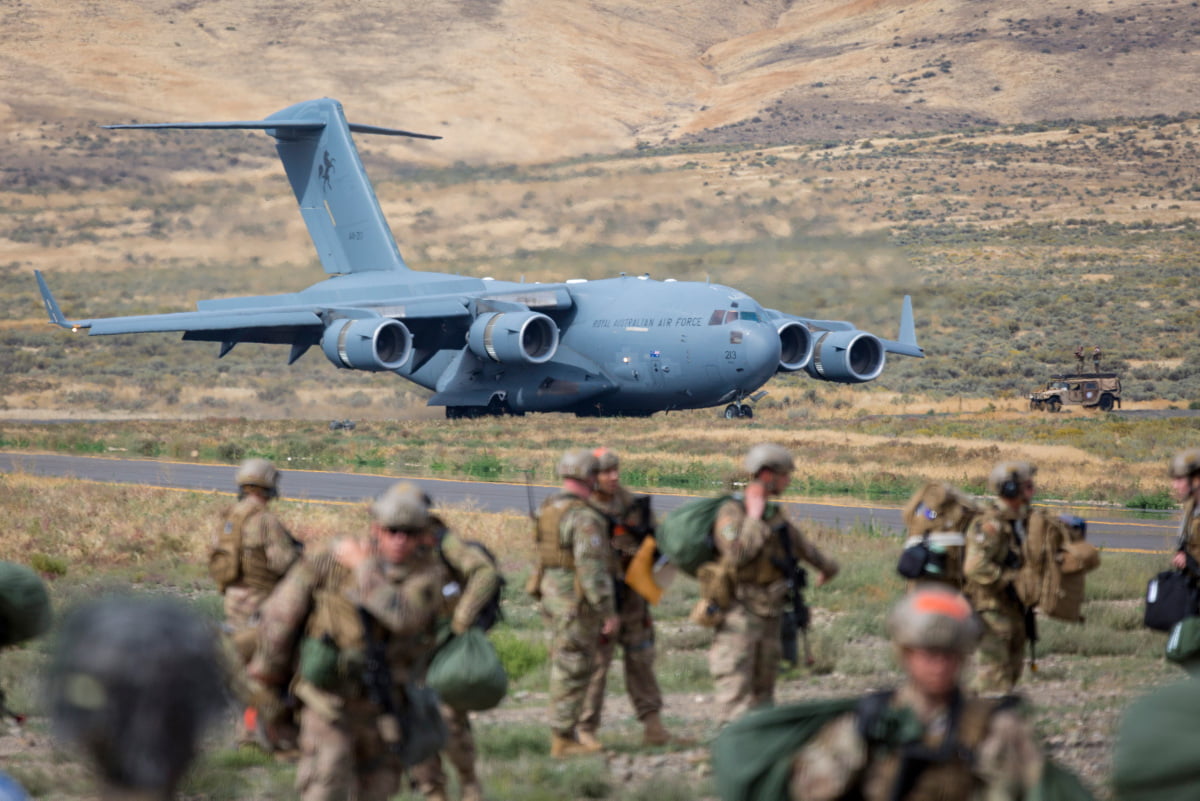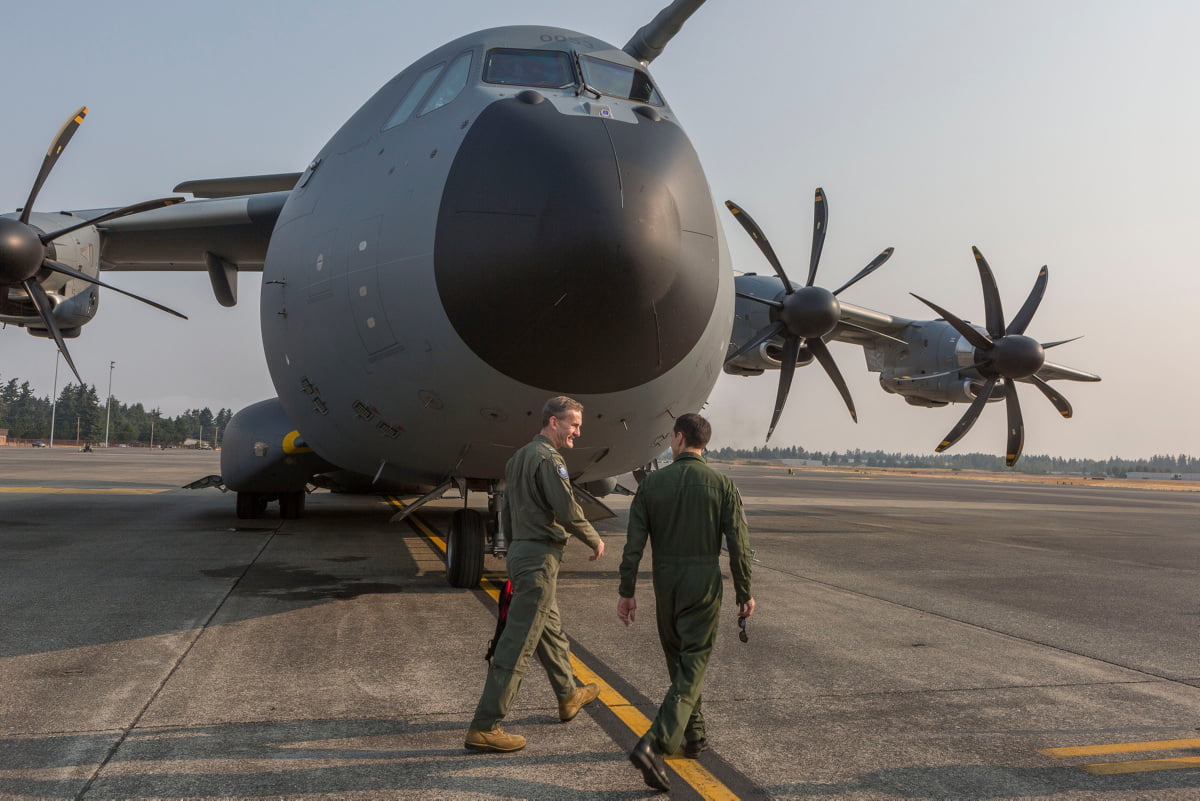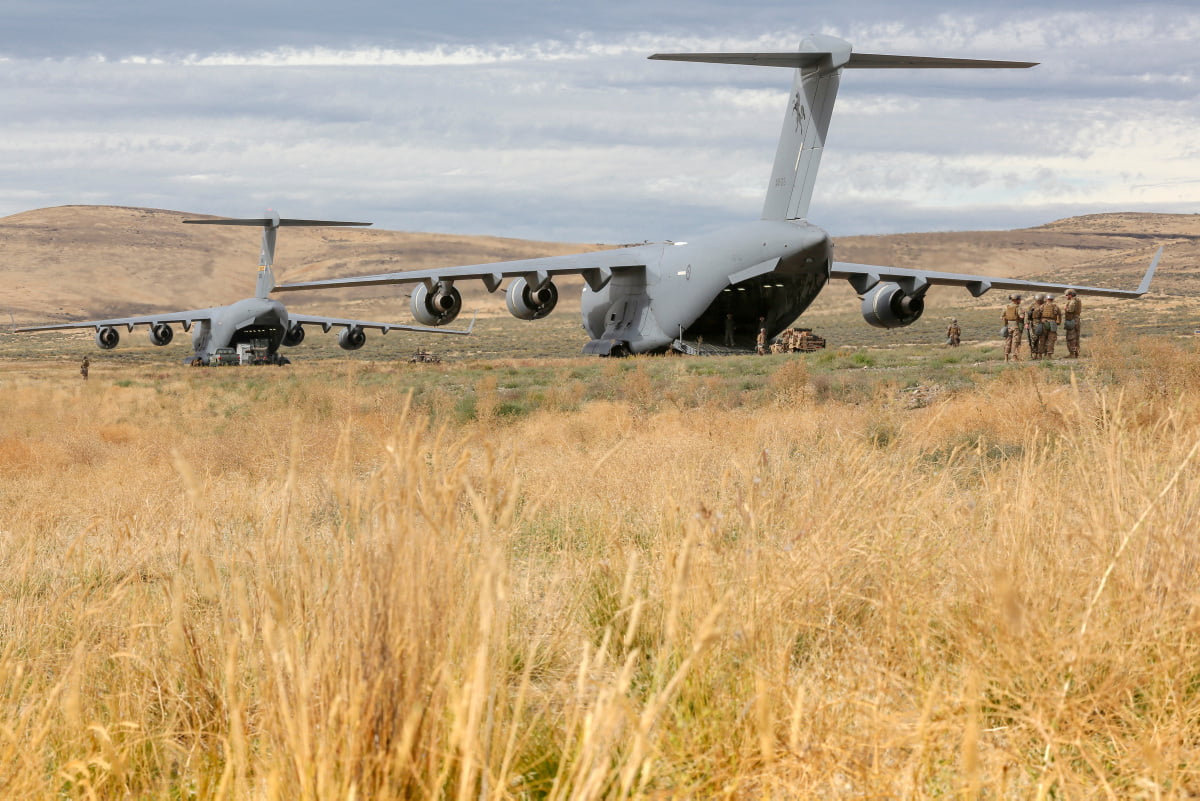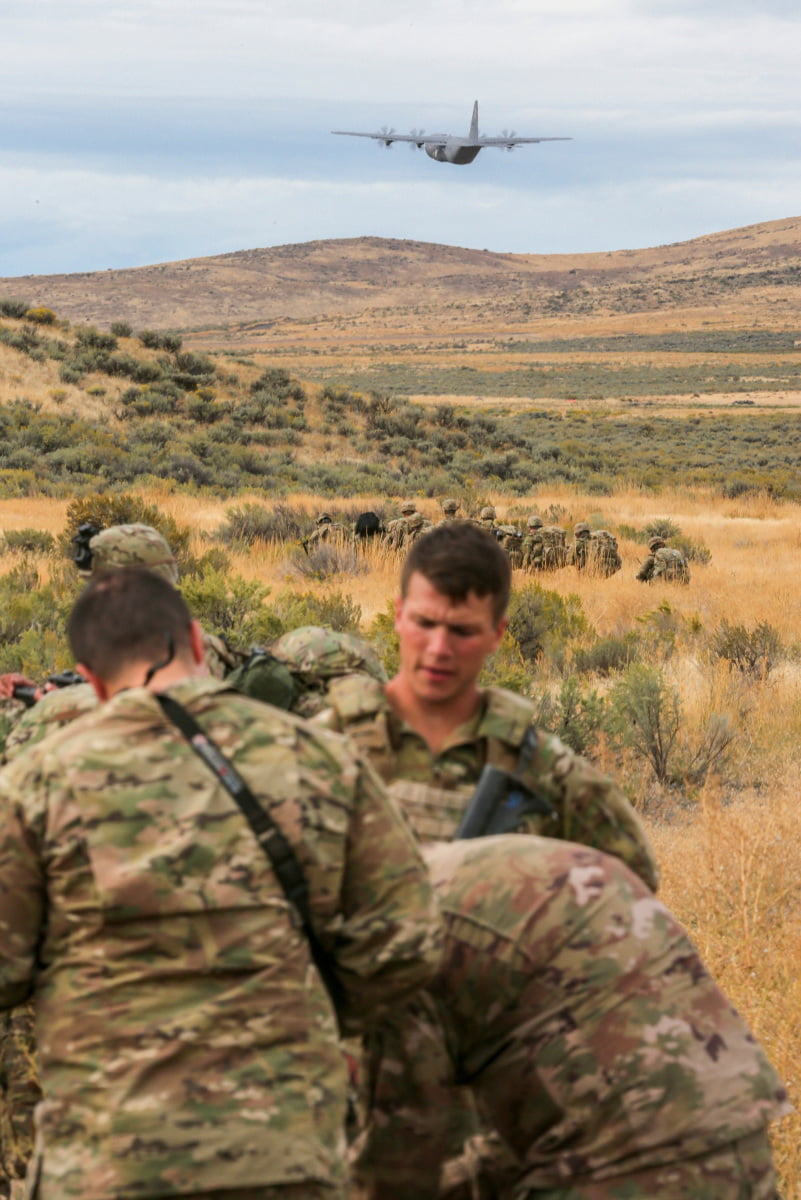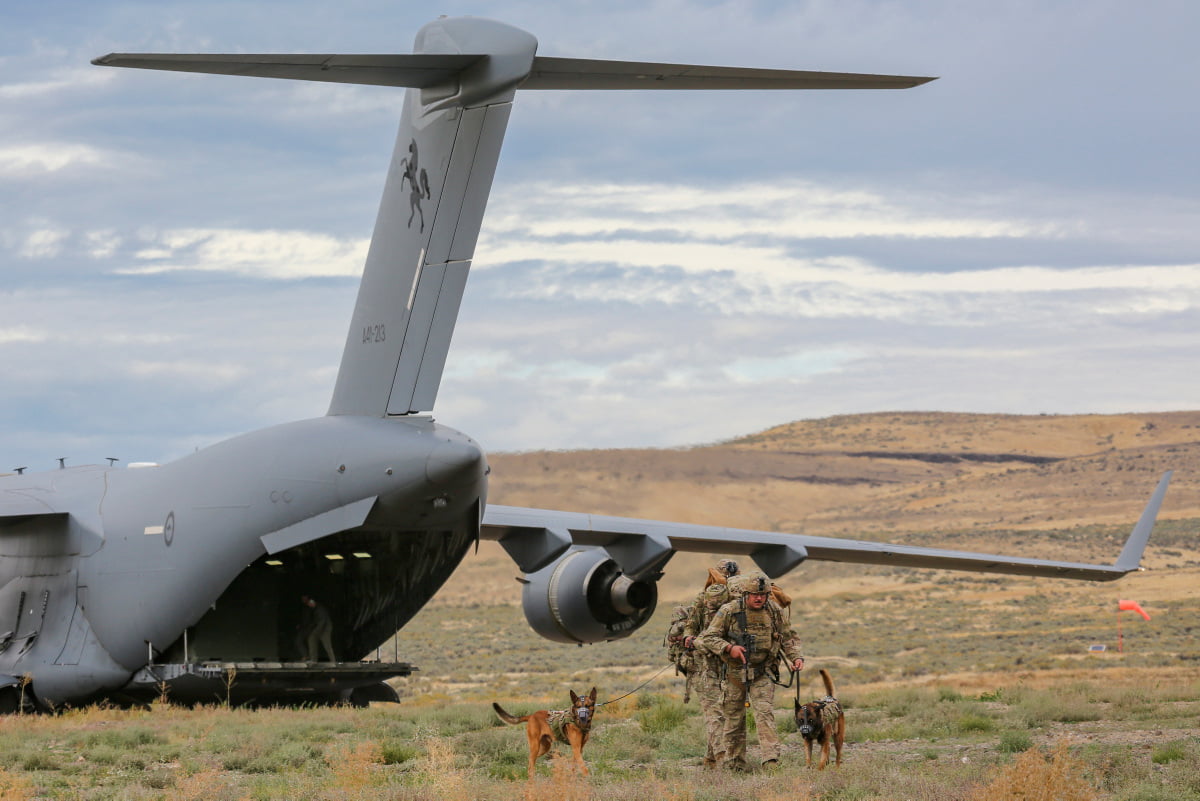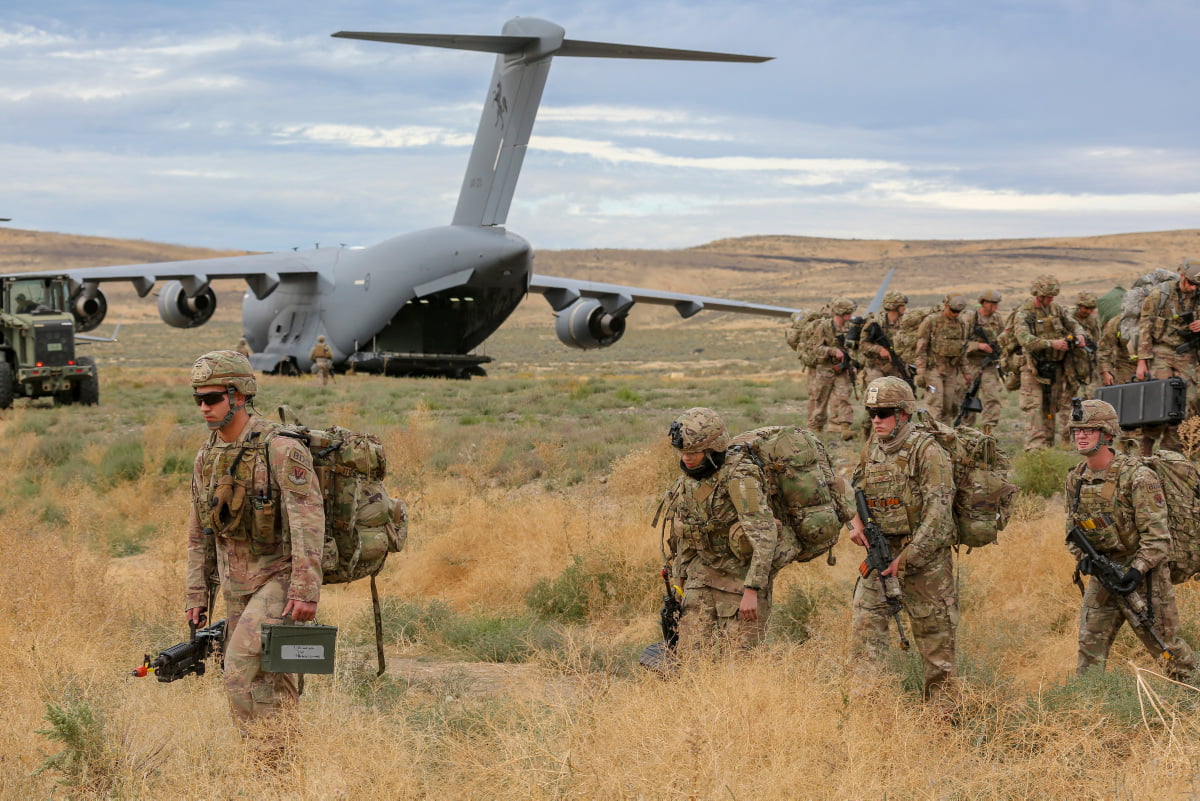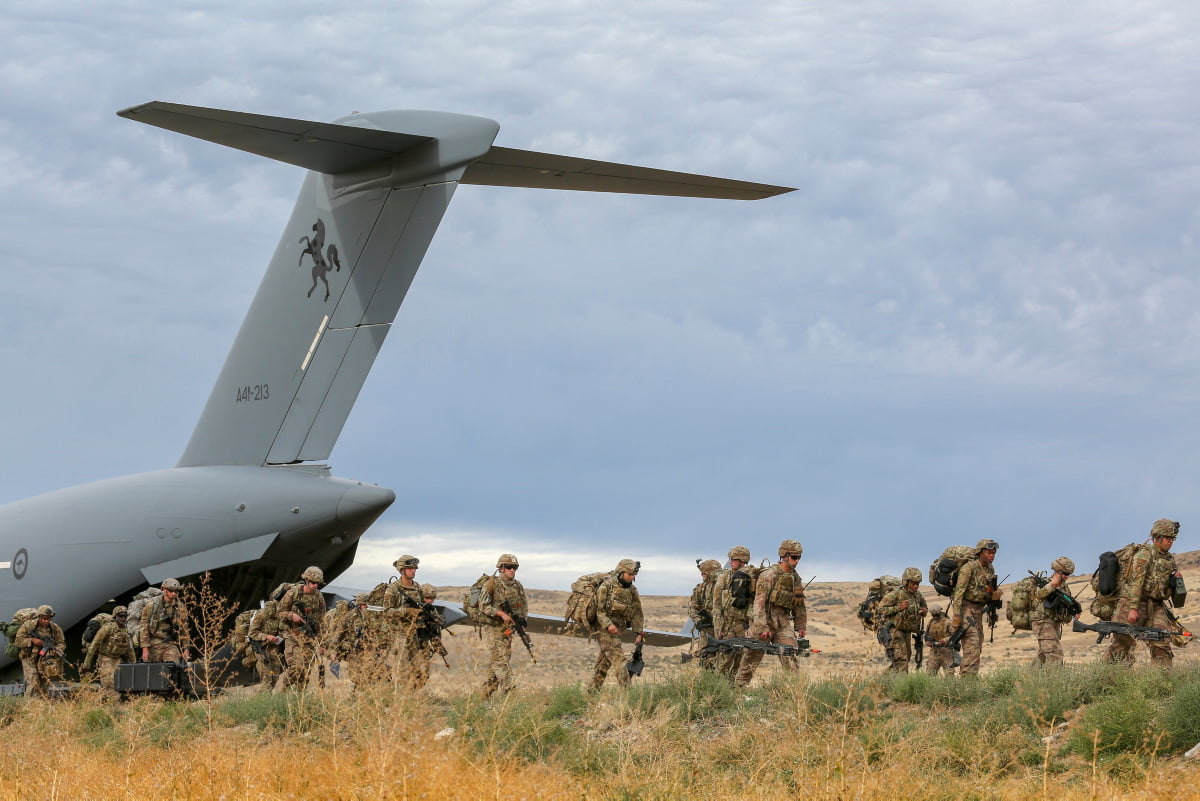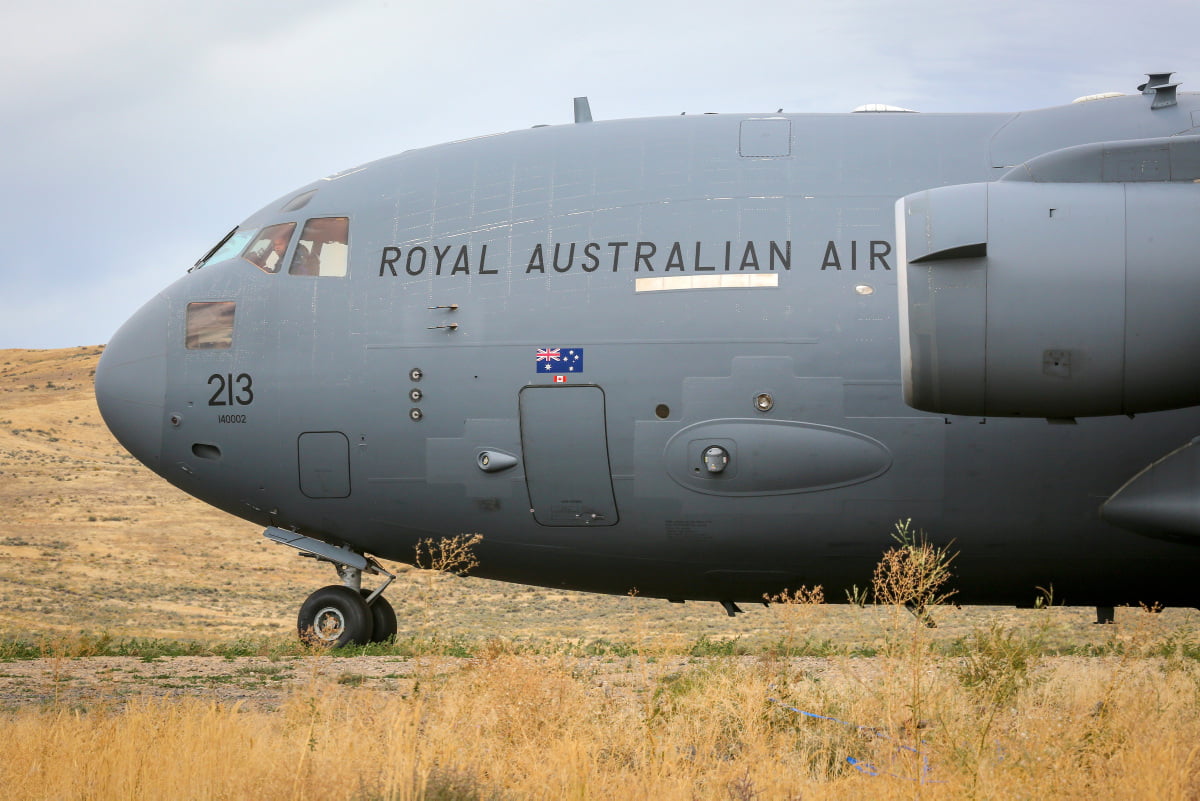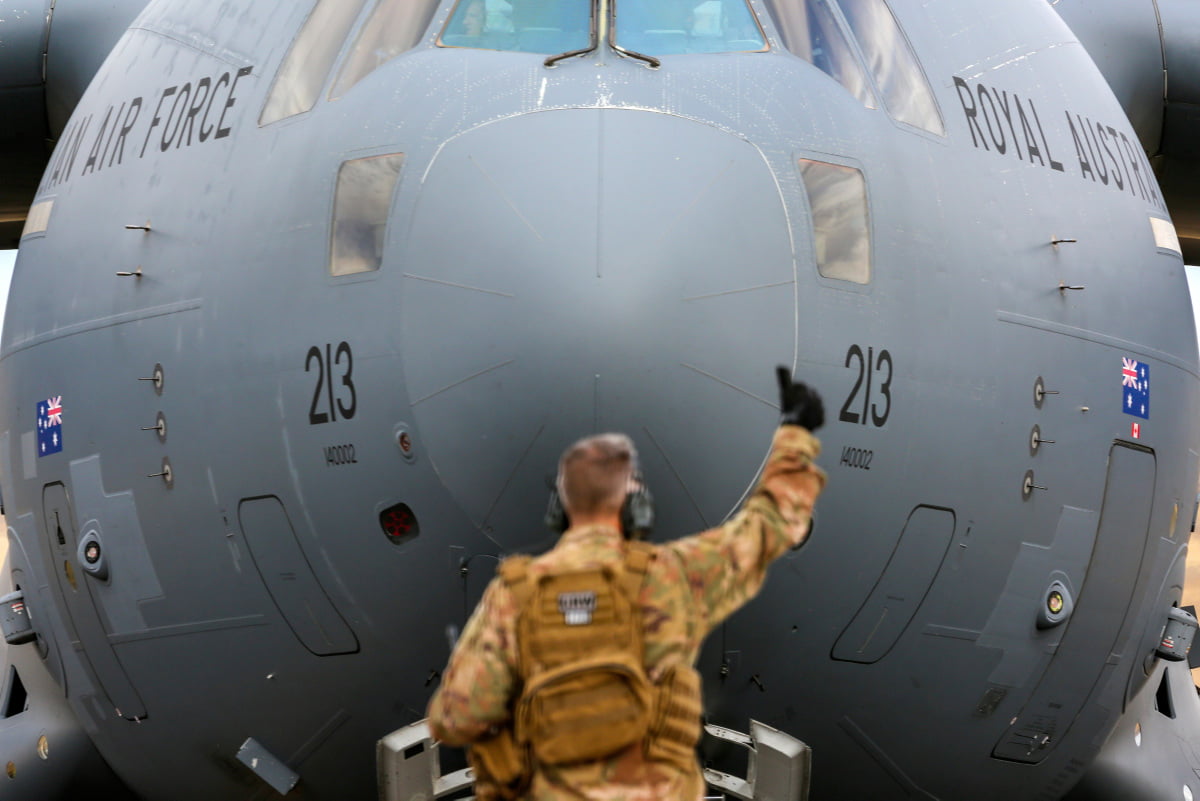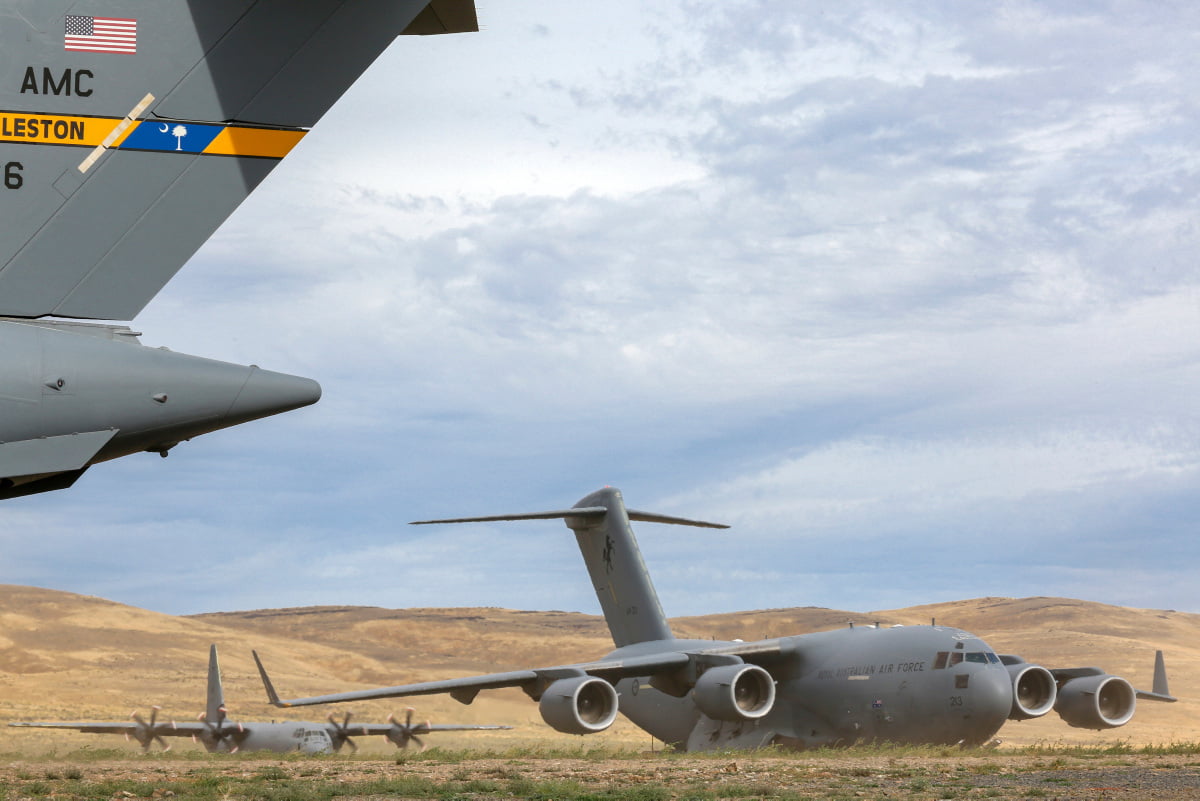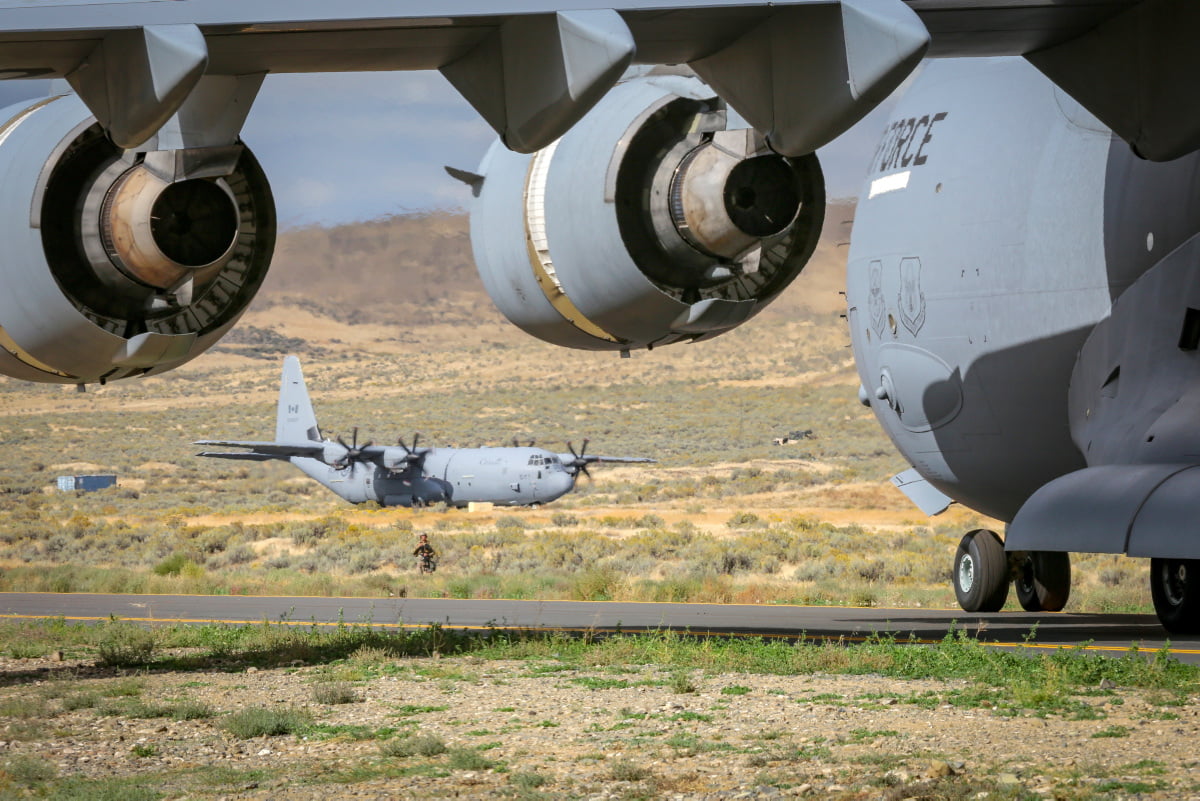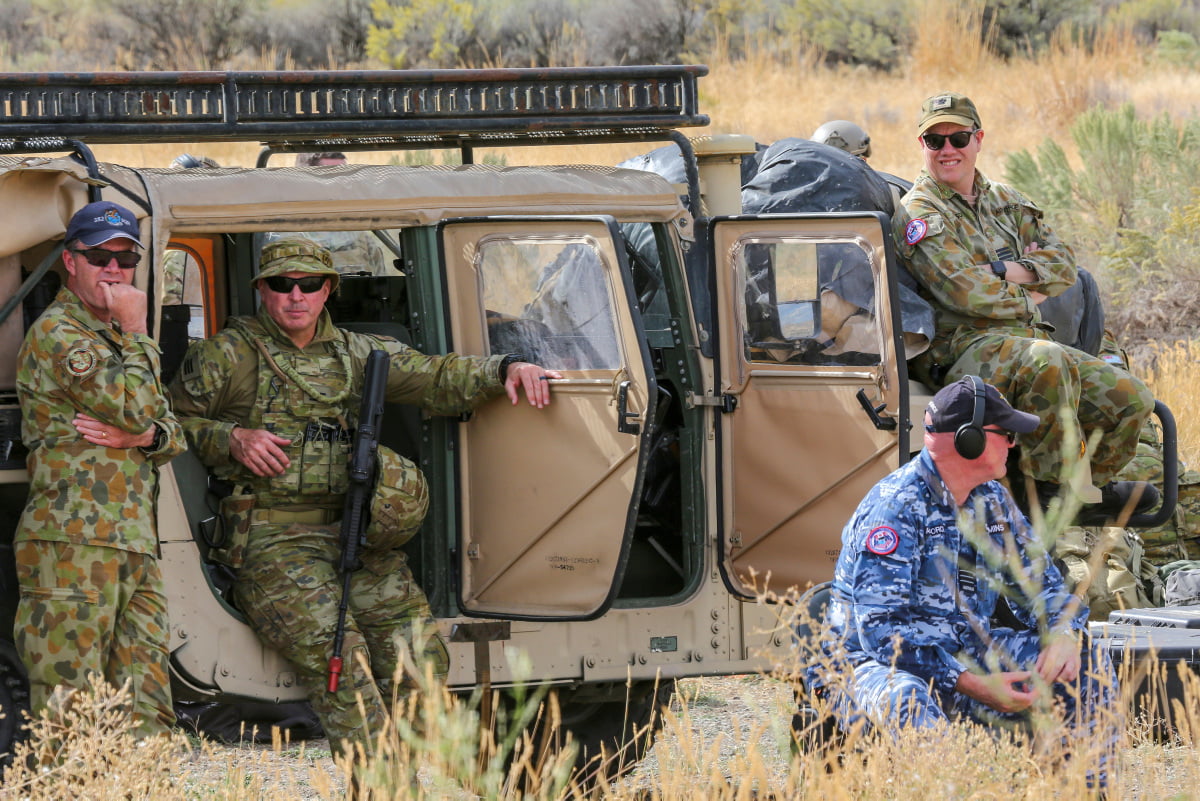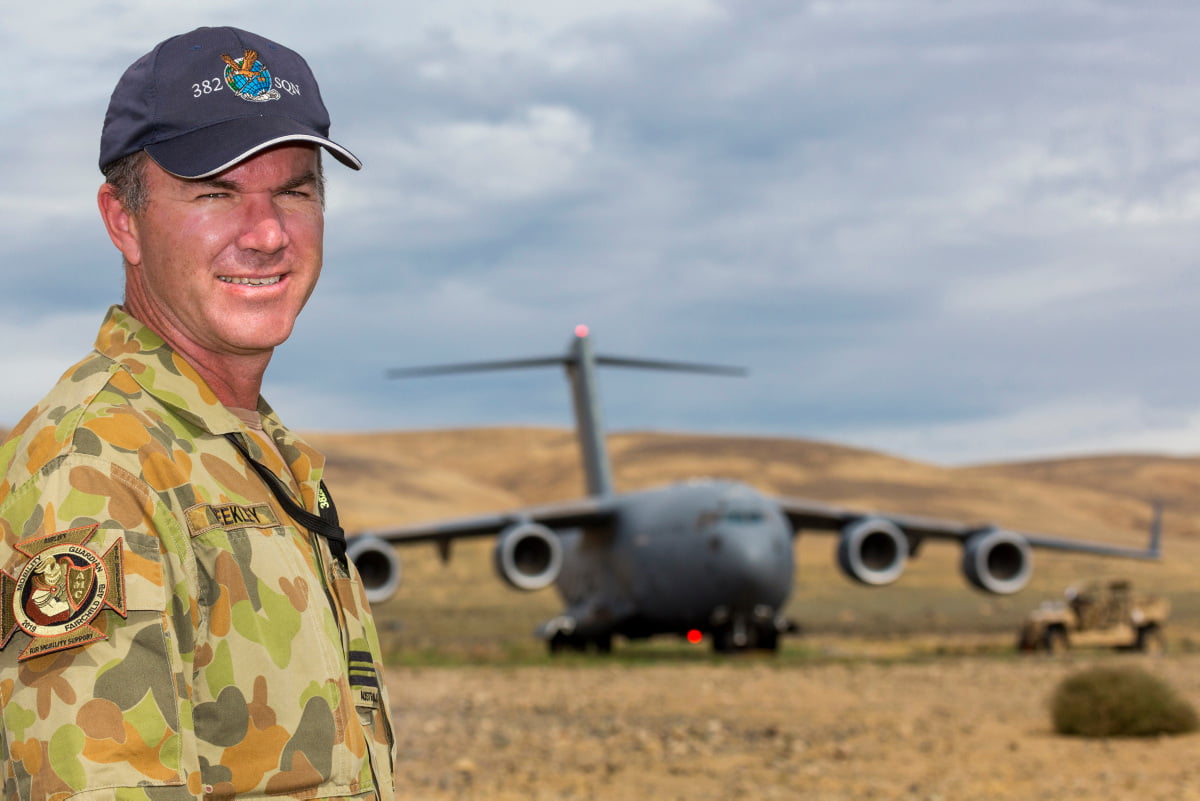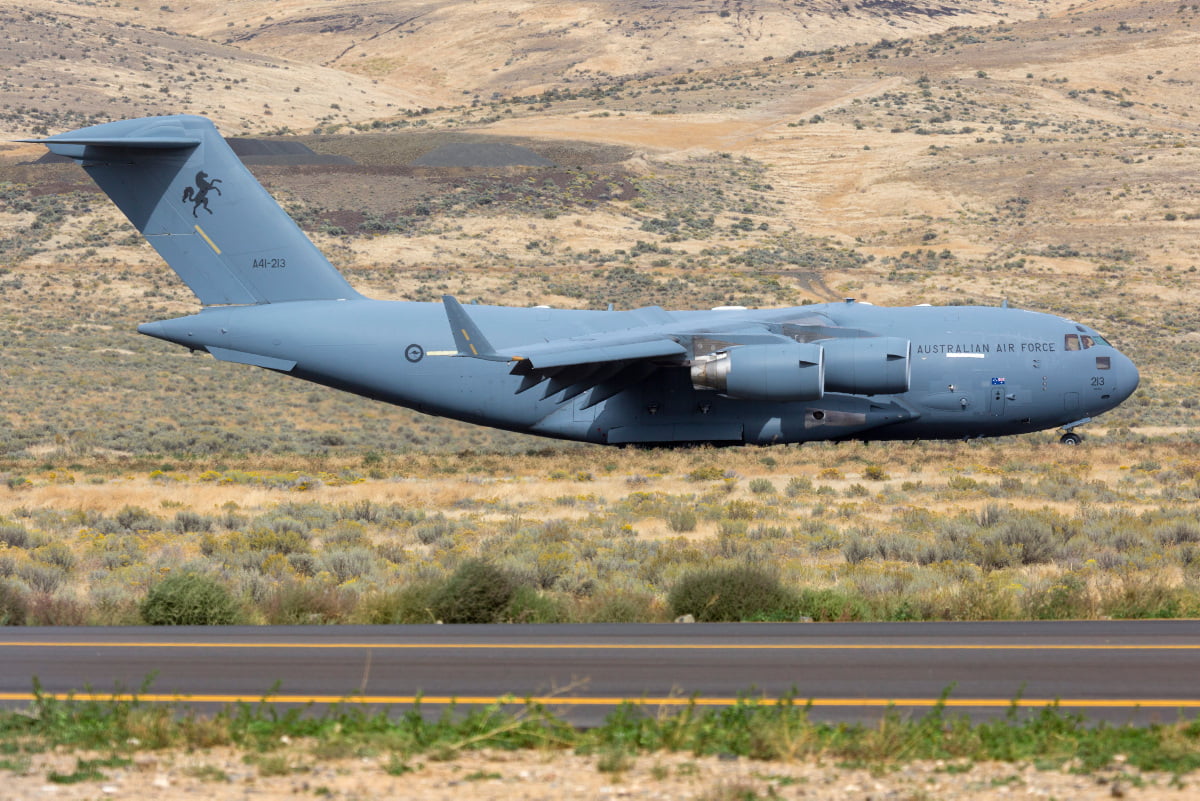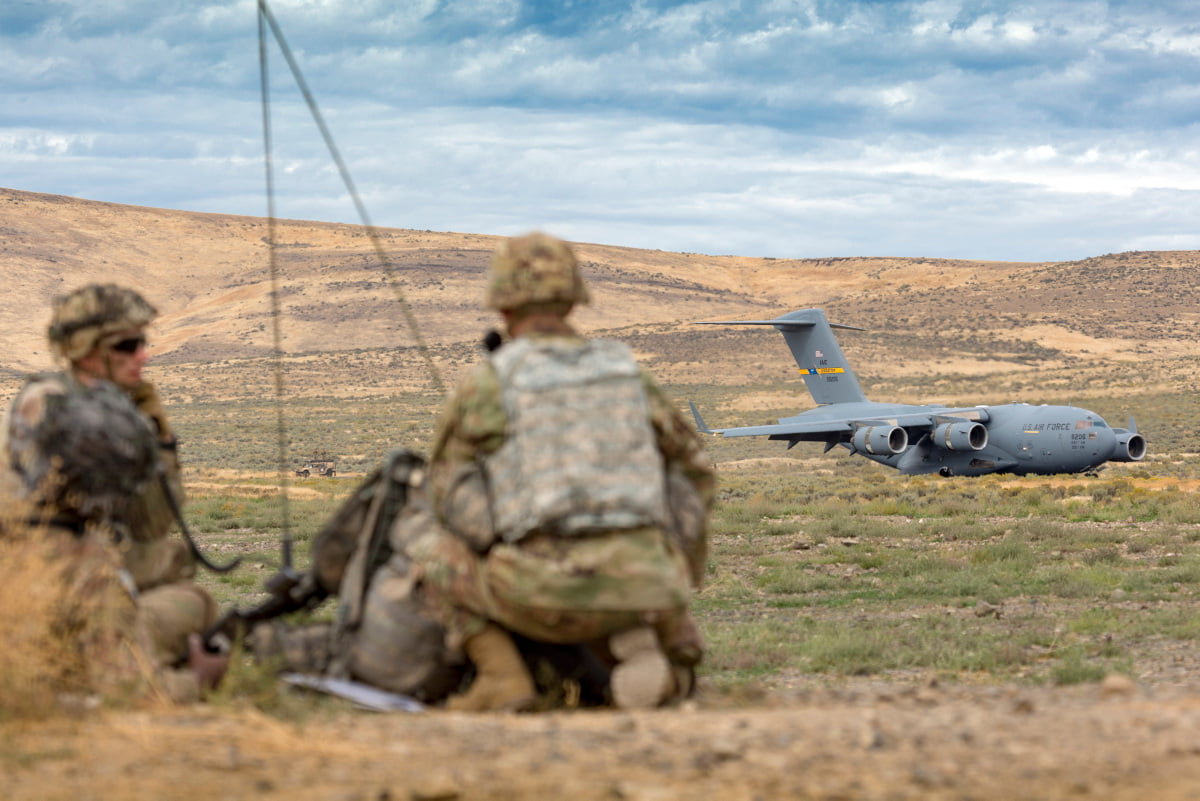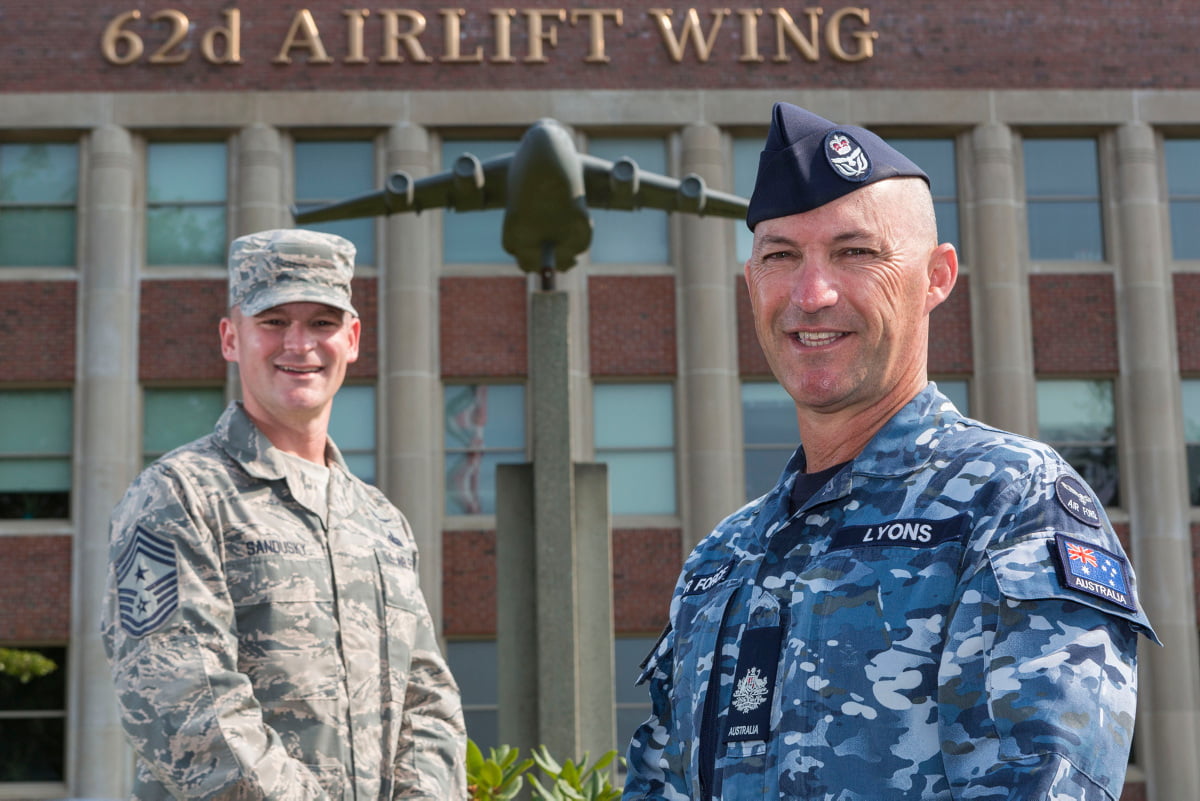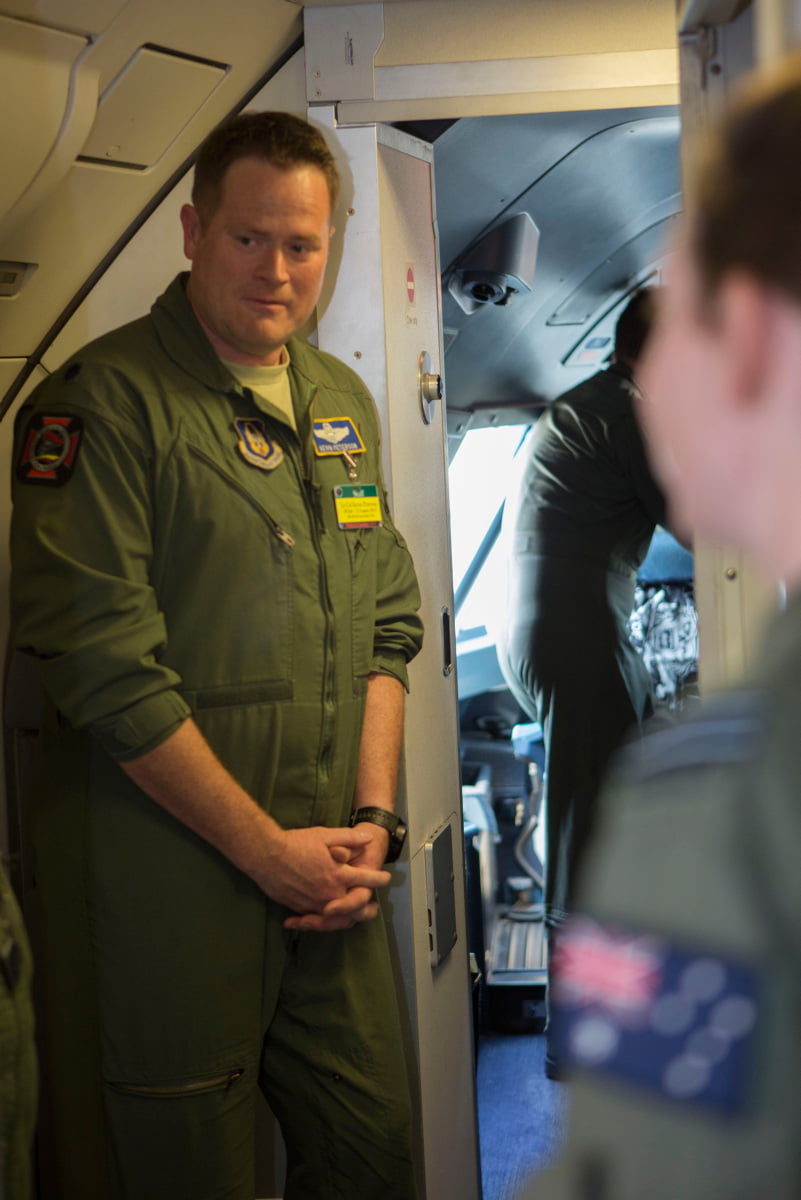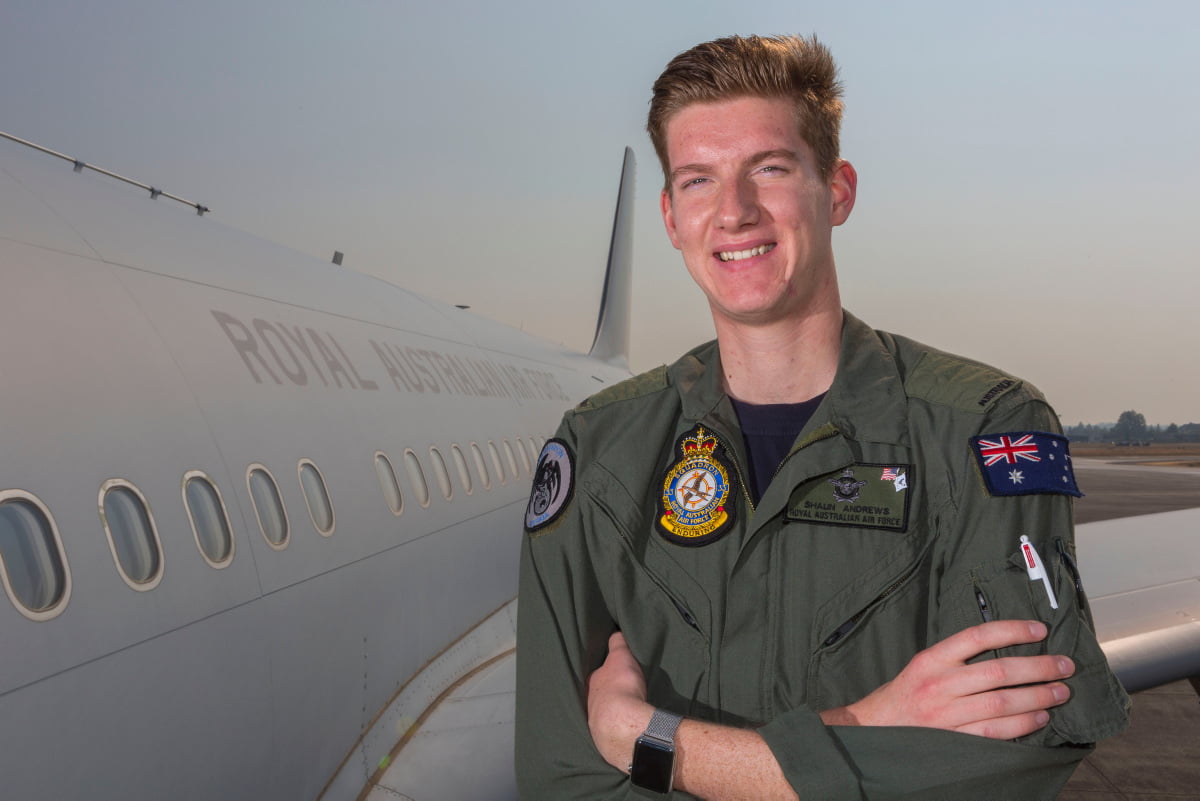By Robbin Laird
Putin came to power at the end of the Yeltsin presidency when appointed Prime Minister by Yeltsin in 1999 after which he would become the second president of the new Russian state.
What Putin would create is the rebirth of the centralized Russian state or perhaps better put, the latest version of a powerful state in Russia.
As Putin underscored in his December 30, 1999, turn of the millennium speech:
It will not happen soon, if it ever happens at all, that Russia will become the second edition of, say, the US or Britain in which liberal values have deep historic traditions. Our state and its institutes and structures have always played an exceptionally important role in the life of the country and its people. For Russians a strong state is not an anomaly which should be got rid of. Quite the contrary, they see it as a source and guarantor of order and the initiator and main driving force of any change.
Modern Russian society does not identify a strong and effective state with a totalitarian state. We have come to value the benefits of democracy, a law-based state, and personal and political freedom. At the same time, people are alarmed by the obvious weakening of state power. The public looks forward to the restoration of the guiding and regulating role of the state to a degree which is necessary, proceeding from the traditions and present state of the country…..
We are at a stage where even the most correct economic and social policy starts misfiring while being realised due to the weakness of the state power, of the managerial bodies. A key to Russia’s recovery and growth is in the state-policy sphere today.
Russia needs a strong state power and must have it. I am not calling for totalitarianism. History proves all dictatorships, all authoritarian forms of government are transient. Only democratic systems are intransient. Whatever the shortcomings, mankind has not devised anything superior. A strong state power in Russia is a democratic, law-based, workable federative state.
A significant part of his state building effort was shaped by forging a narrative about Russia and its place in the world, which resonated with many Russians who suffered through the decade of the 1990s, and its chaos and wanted a more stable environment.
And Putin’s state would deliver both enhanced stability and an improved way of life than the one experienced during the Wild West period of the 1990s.
The Putin narrative has evolved over time, and he has leveraged global events to shape what he sees as Russia’s new destiny.
Over his time in power, the West has gone from being selectively attractive to becoming a force to interact with and to be reshaped as he is reshaping Russia itself.
He is not so much anti-Western as seeking ways to shape the West to become a more commodious partner in Russia’s return to the world stage.
Because he is judo master, not a chess master, he has played off of opportunities to work towards these objectives, rather than following some sort of master plan.
Putin’s clearly identified sense that the Russian state should speak for Russians is one of the most challenging parts of the Putin narrative.
He argued that the collapse of the Soviet Union meant that Russians were living in the Soviet Union one day and woke up the next living in another country.
As Kimberly Marten noted in an article published on March 19, 2014 with regard to this aspect of the evolving Putin narrative:
There are two ways to talk about a Russian person or thing in the Russian language. One way, “Rossisskii,” refers to Russian citizens and the Russian state. Someone who is ethnically Chechen, Tatar, or Ukrainian can be “Rossisskii” if they carry a Russian passport and live on Russian territory.
Up until now (i.e., prior to the seizure of Crimea) that is how Russian President Vladimir Putin has always referred to the Russian people….. That all changed on Tuesday. In his Kremlin speech to the two houses of the Russian parliament, Putin made a fateful choice. Instead of sticking to the word “Rossisskii,” he slipped into using “Russkii,” the way to refer in the Russian language to someone who is ethnically Russian. Putin said, “Crimea is primordial “Russkaya” land, and Sevastapol is a “Russkii” city.” He went on to say, “Kiev is the mother of “Russkie” cities,” in a reference to the ancient city of Kievan Rus’….
When speaking of the collapse of the Soviet Union, Putin added, “Millions of ‘Russkii’ went to sleep in one country and woke up in another, instantly finding themselves ethnic minorities in former Soviet republics, and the ‘Russkii’ people became one of the largest, if not the largest, divided nation in the world.”
Putin thereby signaled a crucial turning point in his regime. He is no longer simply a Russian statist, an old KGB man who wants to recapture Soviet glory…. Instead Putin has become a Russian ethnic nationalist.
Given the legacy of Hitler with regard to a similar perspecitve, which asserted that the Third Reich should speak for all Germans, it is not surprising that the new European states such as the Baltic states or Poland, would find such a statement very disturbing.
And when followed up by the actions in Chechnya, Georgia and Ukraine, this perspective seems more than a bullet point in a briefing.
Clearly, the Orange Revolution in Ukraine and the prospects for Ukraine to become a member of the European Union and even perhaps NATO was a flash point for Putin where the new narrative of the Russian nation was to be joined by the action of seizing the Crimea and “returning” it to Russia, or in this case, the new Russian republic.
Put in another way, the narrative about Russia and its legitimate rights to shape its own ethnic destiny and its role as a Euro-Asian power was backed by actions. And the seizure of Crimea, was very popular in Russia to say the least.
But what are the prospects for Russian going forward as this narrative is adapted or replaced by Putin’s successors?
Contained within Putinism are the seeds of its own destruction.
Although a nationalist, Putin is cautious.
But will his successor be as cautious is he, or will he shape a more directly aggressive approach to the West?
Alternatively, will his successor recognize the weaknesses of Russia and seek to seek to work with those states and societies in the West which would help Russia out of its economic dilemmas in return for well what exactly?
Could a successor emerge with a much bigger version of Russia and its future, and use adventures like Syria to shape European and GCC efforts to work together to reshape the Middle East, why the United States is embroiled in its cold Civil War?
Will the Russian relationship with China turn conflictual as the Chinese turn to dominating Siberia and the Far East?
Put in other terms, Putin has provided a transition from the turbulent, post-Cold years, which were considerably more democratic than now but also pushed many Russians into poverty.
Putin used the early 21t century and its rise in energy prices as a way to pay for the revival of Russia and in the throes of so doing built out his narrative. Putin is a geopolitical actor, in every sense of the word.
A key element of the narrative built by Putin has been to highlight great moments in Russian history around which authoritarian leaders have made Russia a powerful global actor and one to be respected. In this narrative build, nothing plays a greater role than remembering World War II or what the Russians call the Great Patriotic War. The way this has been done though is the problem or the challenge for Russia’s future.
There is no doubt that the citizens of the Soviet Union suffered mightily from World War II or fought heroically against the Nazis. That part Putin remembers and highlights.
But what gets lost is an equally important point – how the mistakes made by an authoritarian leader can lead to the destruction of his people.
In a perceptive analysis by Allen Lynch of the University of Virginia, the post-Putin future of Russia is the focus of attention.
The first snapshot looking forward in the final years of the Putin leadership would be continued economic deterioration of Russia while avoiding economic collapse.
The second snapshot would be to see the centralizing efforts of Putin backfiring. Because regional flexibility has been undercut by Putin’s system of vertical integration, explosions in the periphery could have a rapid Russian system wide impact.
The third snapshot would further economic deterioration spiraling into economic bankruptcy.
The fourth snapshot was be see the return of the Westernizers a constant force bubbling under the surface in late 19thCentury Russia, but remaining a force even in Putin’s Russia. And it should always be remembered that Putin’s kleptocaracy relies on the Western banking system and the rules’ based liberal order to protect their money abroad.
Lynch concludes that it is time to shape a Western perspective which understands that Russian authoritarianism of one form or another is most likely to stay and we need to sort out ways to cope with it as well as rethinking ways to shape Russian policies which are not going to be our own.
For example, the cost of holding the indefinite future of U.S.-Russia relations hostage to Crimea seems wildly excessive given the contingencies stretched out over time that could imperil both nations. Short of the headlong collapse of the Russian state—which would actually be a disaster for U.S. and global security—there is no plausible route to severing Crimea from Russia.
So why not consider a trade greased by the salve of a professional diplomacy: de facto U.S. acquiescence to the reintegration of Crimea into Russia in return for Russia’s leaving the rest of Ukraine alone, pending a suitable and achievable compromise over Ukraine’s geostrategic status and internal language and identity issues.
If Russian-Ukrainian relations remain a powder keg when Putin has left the scene, Americans may well come to regret that they passed on exploring an outcome that Putin could agree to.
Even if one disagrees with this specific policy issue, what Lynch has underscored is a key nature of dealing with the Russian challenge today.
How to deal with rise of 21st century authoritarianism in the context of Western disunity, which will not go away any time soon?
Can shaping states with clusters of defense or economic interests in the West giving real meaning to the European alliances, NATO and the EU, provide a better leverage point on the evolution of a Russia, whose regionalization might well be a better outcome for the West?
For articles we have published which highlight Russia under Putin, see the following:
PutinFor an e-book version of this report, see the following:


